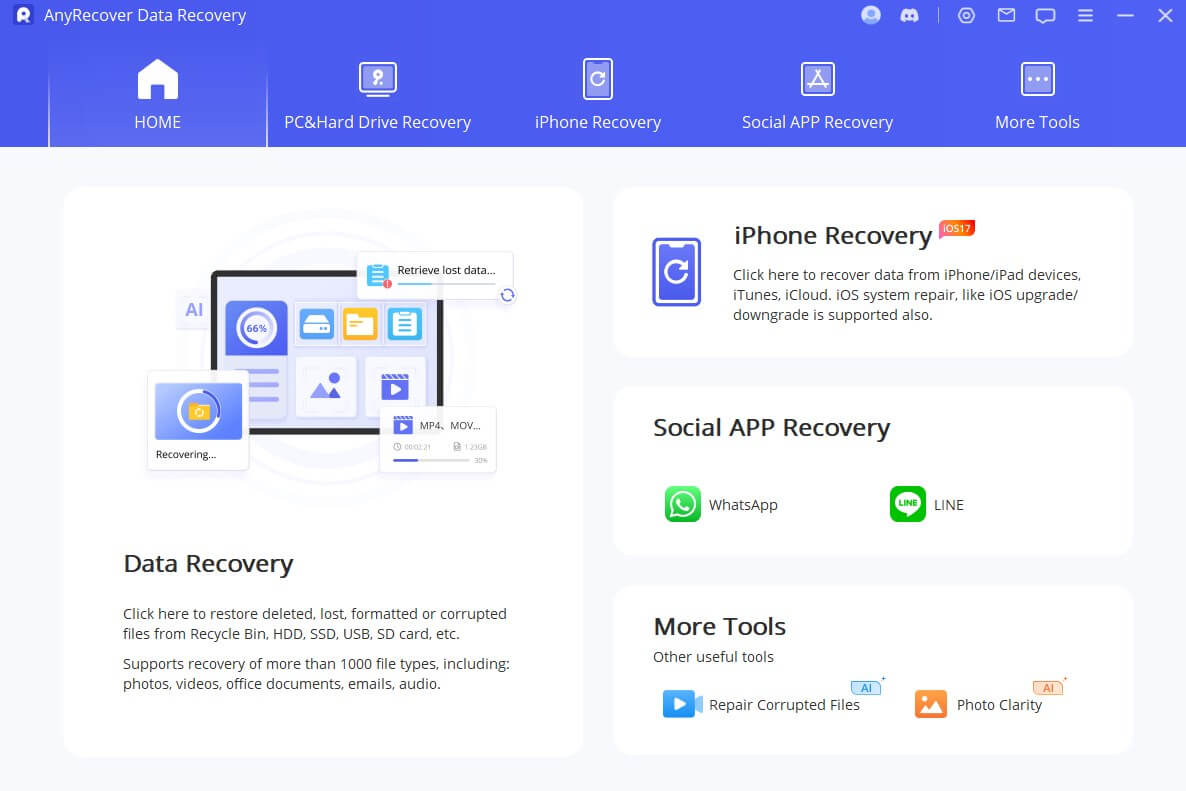Take a moment to consider some of the things that make each business unique. Really, any building that an organization has will need to have some sort of special quality to bring in customers or simply to create an enjoyable space for employees, if it’s an office or warehouse sort of deal. What could that involve?
For the most part, we’re talking about the atmosphere. While it may not seem that important sometimes, especially if you’re thinking about it in a purely business sense rather than injecting some other perspectives, we’re here to tell you that it’s worth cultivating some sort of atmosphere in your business. There are even studies done on it, as you can see here: https://www.sciencedirect.com/science/article/abs/pii/S0167811696000158.
How can we achieve that, though? There are a few ways, as you can probably imagine. Today, we’ll largely be focusing on the idea of paging systems and how they can be used for practical purposes as well as more fanciful ones, such as picking music to play in your spaces. If that sounds interesting, make sure to stick around!

Atmosphere and Business: What’s the Big Deal?
Before we delve into the specifics of how paging systems work, let’s take a moment to examine why this is so important in the first place. Admittedly, atmosphere probably isn’t the first thing on our minds when we’re opening a shop or other brick-and-mortar location, but it’s something that is part of a carefully crafted brand image.
There are plenty of practical examples that we can think about, in fact. Take, for instance, the feeling that many consumers feel when they enter a Disney store. The songs played are ones that are part of their IP, and even the workers sing at times. While on the surface it may seem like just for fun, this is a calculated business move.
In that sense, you can start to see how implementing music in our stores becomes a calculated move and a good one to start utilizing. That’s why looking into paging and music systems for businesses is something to consider. Obviously, you’ll want to come up with your own strategy as far as what types of music to utilize.
You could go for relaxing tunes, purely instrumental, if that’s the type of establishment that you run. A lot of places opt for punchy pop music or simply tuning into a local radio station, which does help build up that sense of locality as well. You can consult with your marketing or design team to sort out a strategy that will suit your location best.
How Do These Systems Work, then?
Now that we’ve explored why these systems are so useful, let’s delve into the mechanisms behind them. There’s a lot to cover, but remember that to a certain extent, the specifics will probably depend on the type of system you get as well as what brand it is. Thankfully, most will come with their own instruction manual, so anything beyond what we cover here shouldn’t be too big of an issue!
As we’ve mentioned, paging systems are wireless communication systems used for transmitting messages to individuals for various purposes, including public safety announcements, emergency alerts, or disseminating information in large facilities like hospitals, factories, or offices. There are a lot of uses for them, but they work relatively the same, as you can read about in this article (and as we’re about to explain).
Sender/Input Device
This part of these systems is pretty self-explanatory. The sender of the message, often an authorized user or an automated system, types or enters the message into the paging system. This can be done through various input devices, such as a computer, phone, or dedicated paging terminal.
Encoding
From there, what happens? The message is encoded into a format suitable for transmission via the paging system. This typically involves converting the input text or data into a specific protocol or code, though that will depend on your organization and whether or not you implement something like that.
Transmission
The encoded message is then transmitted over a wireless network. Paging systems usually operate on specific radio frequencies, such as VHF or UHF bands, enabling them to cover a wide area. This does mean that you’ll need to have some sort of appropriate wireless network on the premises to keep a paging system operational.
Transmitter
The message is sent from a transmitter device, which is often located centrally and connected to the network infrastructure. Transmitters vary in power and coverage capabilities depending on the system requirements, so when shopping for one, be sure to select one that has the proper coverage for your building(s).
Paging Receivers
The intended recipients carry or wear portable devices called pagers or beepers. These devices are designed to receive and decode the transmitted messages. Pagers can have various form factors, such as handheld devices, wristwatches, or miniature devices integrated into other equipment.
Again, this is another thing you’ll want to take into account when you are shopping for a paging system that will best suit your organization. What do the pagers look like? Are they going to be too disruptive or too quiet? You can think of yourself as a Goldilocks of sorts, trying to find one that is “just right.”
Message Reception
Once the pagers receive the transmission, they decode the message and present it to the user, typically through an alphanumeric display or a series of beeps, vibrations, or visual cues. It’s fairly simple most of the time.
Acknowledgment or Response
Some paging systems allow users to acknowledge or respond to messages. Typically, this can be done by pressing specific buttons on the pager or by transmitting a separate message back to the sender.
All in all, these paging systems can be appropriate in all sorts of organizations, whether you’re looking to play music to put customers at ease or trying to communicate with employees. Try to find one that will suit your needs, since there are a ton of types of them!
















